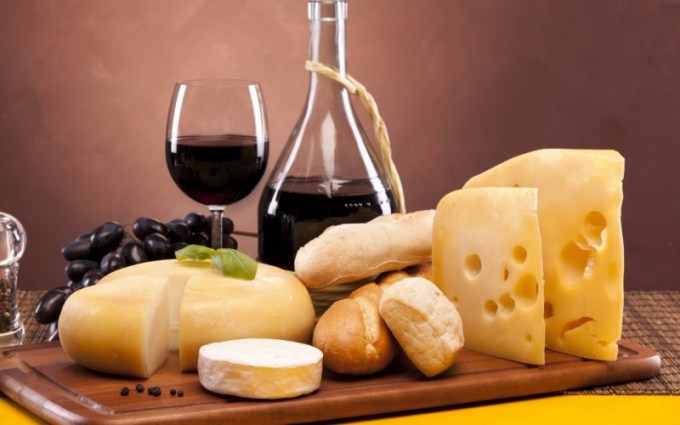Classification of wines
All grape wines are divided into two main types - a sparkling (sparkling and champagne) and still wines. If we talk about quiet (not containing carbonic acid), then they, in turn, are divided into three categories - table, fortified and dessert. Table wines have the lowest strength (not over 14% vol.) and produced according to the technology of natural fermentation. Depending on the sugar content of table wines are divided into dry, semidry and semisweet. In color they can be white, red and pink.
The following two categories of fortified wine it is (designed) to allow in the technology of production add of rectified spirit, and dessert wines, which aromatizers various additives and have a high sugar content.
How to use table wines
Having dealt with the basic classification of wines, you also need to know that the definition of "table" is not always indicated on the label. The correct title of table wine - wine "ordinary", as usual, and marked labels. As dining came to be called ordinary wine due to the fact that these wines by their taste qualities are most optimally suited for use during meals. And if to speak about the use of ordinary wines, depending on their classification to different types of food are served some wine.
For example, a dry white and medium dry wine is served with fish dishes and poultry dishes. Heavier meat diet involves the use of saturated red wine, and depending on the grade of the meat supplied is selected with a specific wine. So for example beef, goes well with red wine of any degree of sweetness, but the fatty pork is the most suitable red wine.
Pink table wines are served with light salad starters and as an aperitif before dinner. Apply pink wine, some desserts and fruit. Pink and white wine can be consumed throughout the lunch, while red wines are usually served only under the main dish.
Not to mention the classic use of table wines as a complement to the picnic. Fresh air goes well with any ordinary wine with appetizers of cheese, bread and cold meat.
